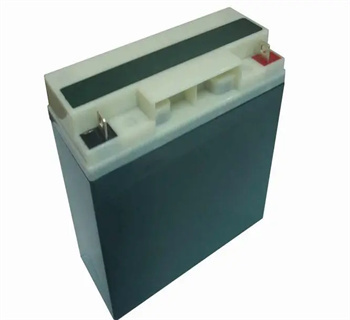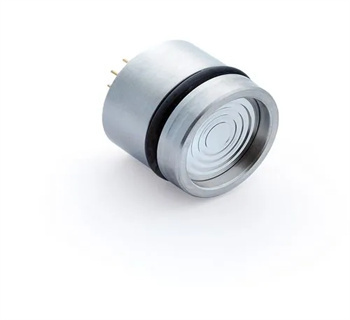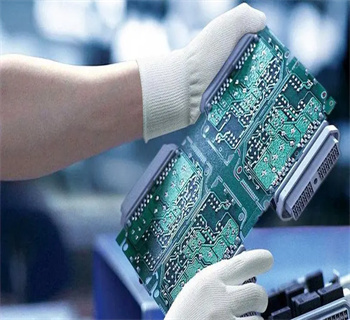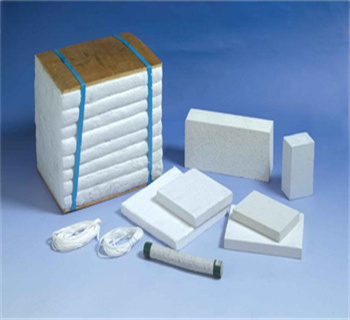Overview of Manganese Oxide (Mn2O3)
Manganese Oxide (Mn2O3), a versatile compound with a unique crystal structure, plays a pivotal role in various industrial and scientific applications. Its chemical formula Mn2O3 indicates the composition of two manganese atoms combined with three oxygen atoms, resulting in a material that exhibits semiconducting properties. This oxide is a key component in many materials systems, contributing to their electrical, magnetic, and catalytic behaviors.
Characteristics of Manganese Oxide (Mn2O3)
Semiconducting Properties: Mn2O3 exhibits semiconducting behavior, which makes it suitable for use in electronic devices that require controlled conductivity.
High Oxidation State: Manganese in Mn2O3 has a high oxidation state (+3), allowing it to participate in redox reactions and exhibit catalytic activity.
Thermal Stability: Manganese Oxide maintains its structural integrity even at elevated temperatures, making it suitable for high-temperature applications.
Diverse Forms: Mn2O3 can exist in different polymorphic forms, each with its unique physical and chemical properties.
Environmental Friendliness: When produced and disposed of responsibly, Mn2O3 is generally considered environmentally friendly.
Application of Manganese Oxide (Mn2O3)
Catalysis: Mn2O3 is widely used as a catalyst in chemical reactions, due to its ability to participate in redox reactions and its high surface area.

Catalysis
Battery Technology: Its semiconducting properties make it a potential candidate for use in rechargeable batteries, especially in lithium-ion batteries.

Battery Technology
Sensors: Mn2O3's sensitivity to changes in the environment, such as temperature and gas concentration, makes it useful in the development of sensors.

Sensors
Magnetic Materials: Manganese Oxide can be incorporated into magnetic materials, enhancing their magnetic properties and potential applications in spintronics.

Magnetic Materials
Ceramics Industry: Mn2O3 is also used in the ceramics industry to modify the properties of ceramic materials, improving their mechanical strength, thermal stability, and electrical conductivity.

Ceramics Industry

Company Profile
NANOTRUN(www.rboschco.com) is a trusted global chemical material supplier & manufacturer with over 12-year-experience in providing super high-quality chemicals and nanomaterials, including boride powder, nitride powder, graphite powder, sulfide powder, 3D printing powder, etc.
The company has a professional technical department and Quality Supervision Department, a well-equipped laboratory, and equipped with advanced testing equipment and after-sales customer service center.
If you are looking for high-quality Manganese Oxide (Mn2O3), please feel free to contact us or click on the needed products to send an inquiry.
Payment Term
L/C, T/T, Western Union, Paypal, Credit Card etc.

Shipment Term
By sea, by air, by express, as customers request.
FAQ
Q1:
What is the most common use of Manganese Oxide (Mn2O3)?
Re: The most common use of Manganese Oxide (Mn2O3) is in the catalysis of chemical reactions, where it acts as a catalyst to facilitate the conversion of reactants into products. Its ability to participate in redox reactions and its high surface area make it an effective catalyst in various industrial processes.
Q2:
Is Manganese Oxide (Mn2O3) toxic?
Re: Manganese Oxide (Mn2O3) is generally considered non-toxic. However, like any chemical, it should be handled with care to avoid inhalation or ingestion, as excessive exposure may have adverse effects on health.
Q3:
How is Manganese Oxide (Mn2O3) produced?
Re: Manganese Oxide (Mn2O3) can be produced through various methods, including thermal decomposition of other manganese compounds, chemical reactions, or even by heating manganese metal in an oxygen-rich environment. The specific production method depends on the desired purity and form of the final product.
Q4:
Is Manganese Oxide (Mn2O3) water-soluble?
Re: Manganese Oxide (Mn2O3) is not water-soluble. It is insoluble in water and most other solvents, making it stable in aqueous environments and suitable for use in water-based systems.
Q5:
What are the safety precautions when handling Manganese Oxide (Mn2O3)?
Re: When handling Manganese Oxide (Mn2O3), it is important to wear protective equipment such as gloves, safety glasses, and a lab coat. The compound should be stored in a well-ventilated area, and it should be kept away from heat sources and incompatible materials. Following these safety precautions helps minimize the risk of accidents and ensures safe handling of the material.
Manganese Oxide Mn2O3 Powder Properties | |
| Other Names | Manganese oxide, Manganese(3+) oxide, Manganese sesquioxide, Dimanganese trioxide, Keto-(ketomanganiooxy)manganese, Manganese(3+) oxide, Manganese trioxide, Oxo-(oxomanganiooxy) manganese |
| CAS No. | 1317-34-6 |
| Compound Formula | Mn2O3 |
| Molecular Weight | 157.87 |
| Appearance | Black Solid |
| Melting Point | 940 °C (1724 °F) |
| Solubility in water | N/A |
| Density | 4.5 g/cm3 |
| Purity | 99.50% |
| Particle Size | 0.8μm |
| Boling point | N/A |
| Specific Heat | N/A |
| Thermal Conductivity | N/A |
| Thermal Expansion | N/A |
| Young's Modulus | N/A |
| Exact Mass | 173.856 |
| Monoisotopic Mass | 173.856 |
Manganese Oxide Mn2O3 Health & Safety Information | |
| Safety Warning | Warning |
| Hazard Statements | H312-H315-H319-H335 |
| Flashing point | N/A |
| Hazard Codes | Xi, Xn |
| Risk Codes | R21 R36/37/38 |
| Safety Statements | N/A |
| RTECS Number | OP0900000 |
| Transport Information | NONH for all modes of transport |
| WGK Germany | 3 |




